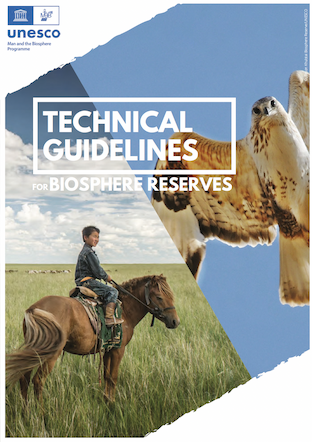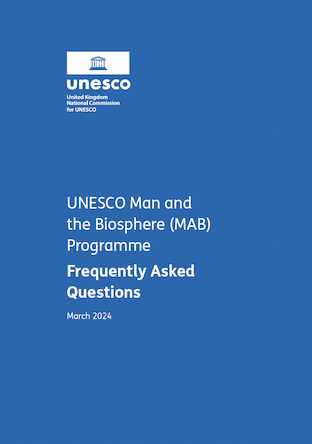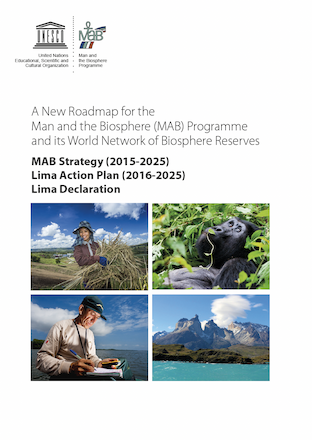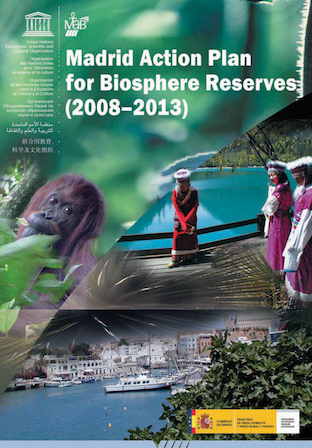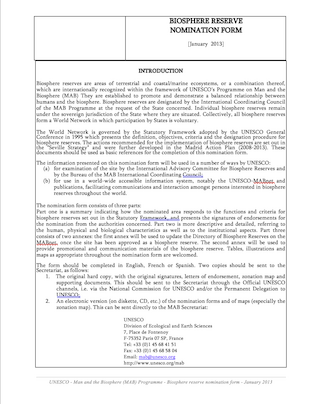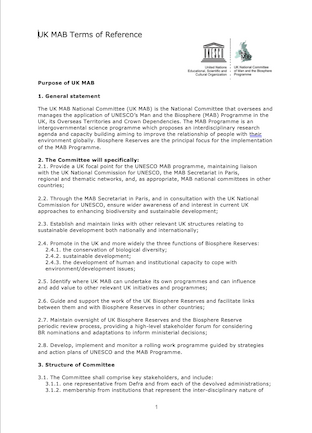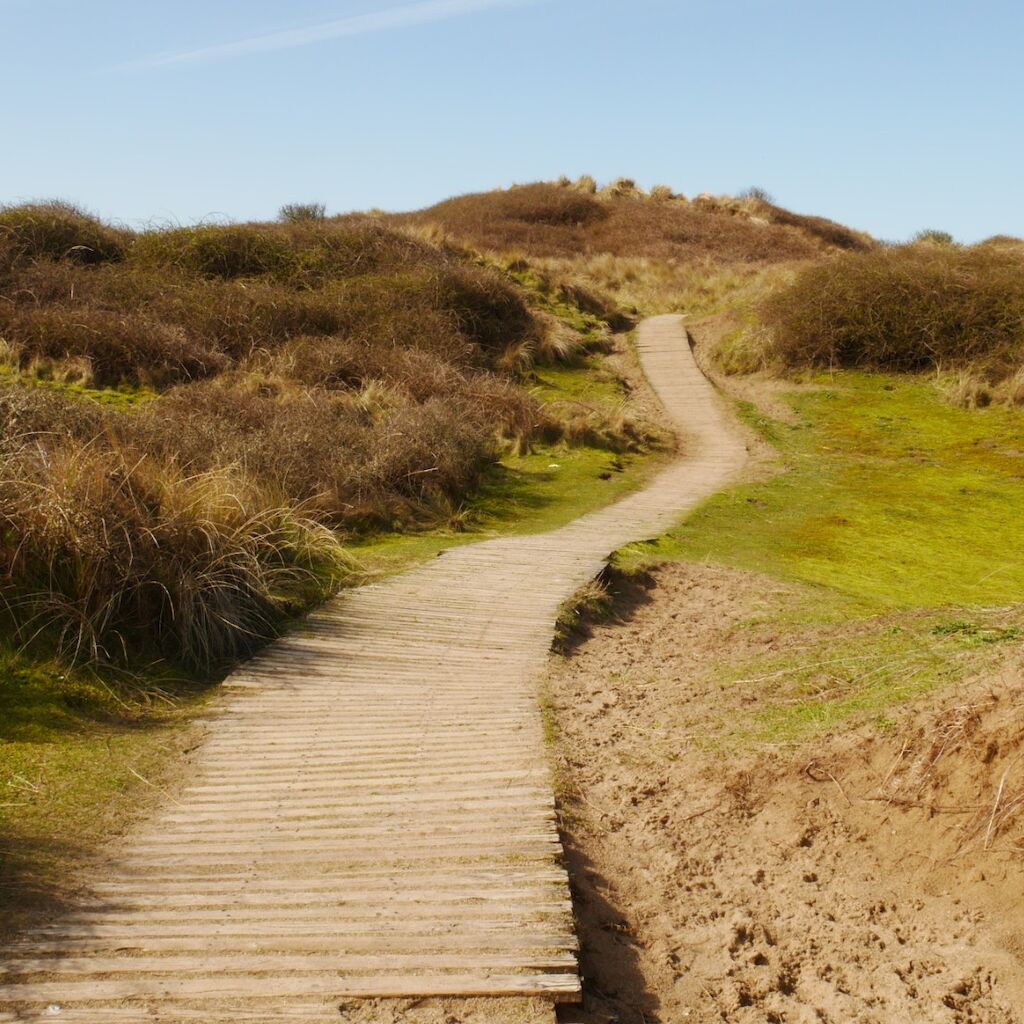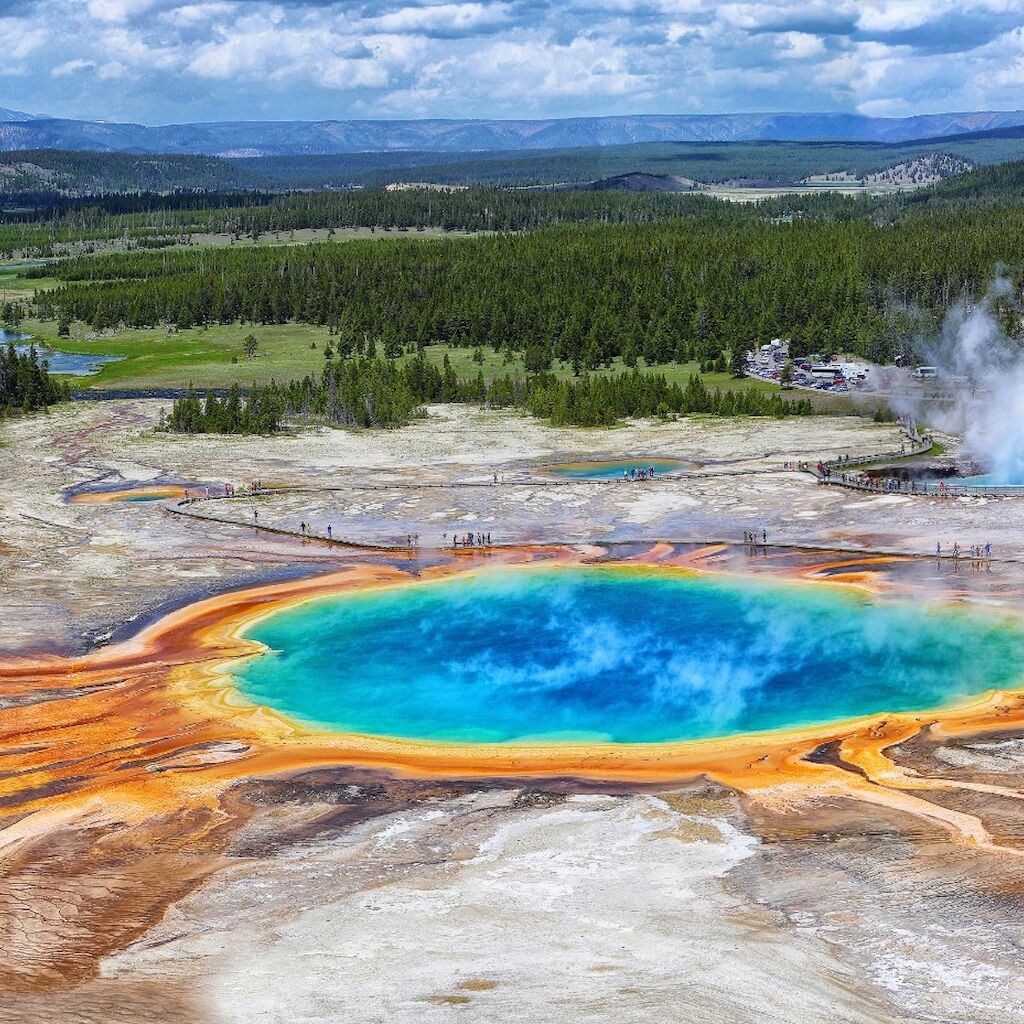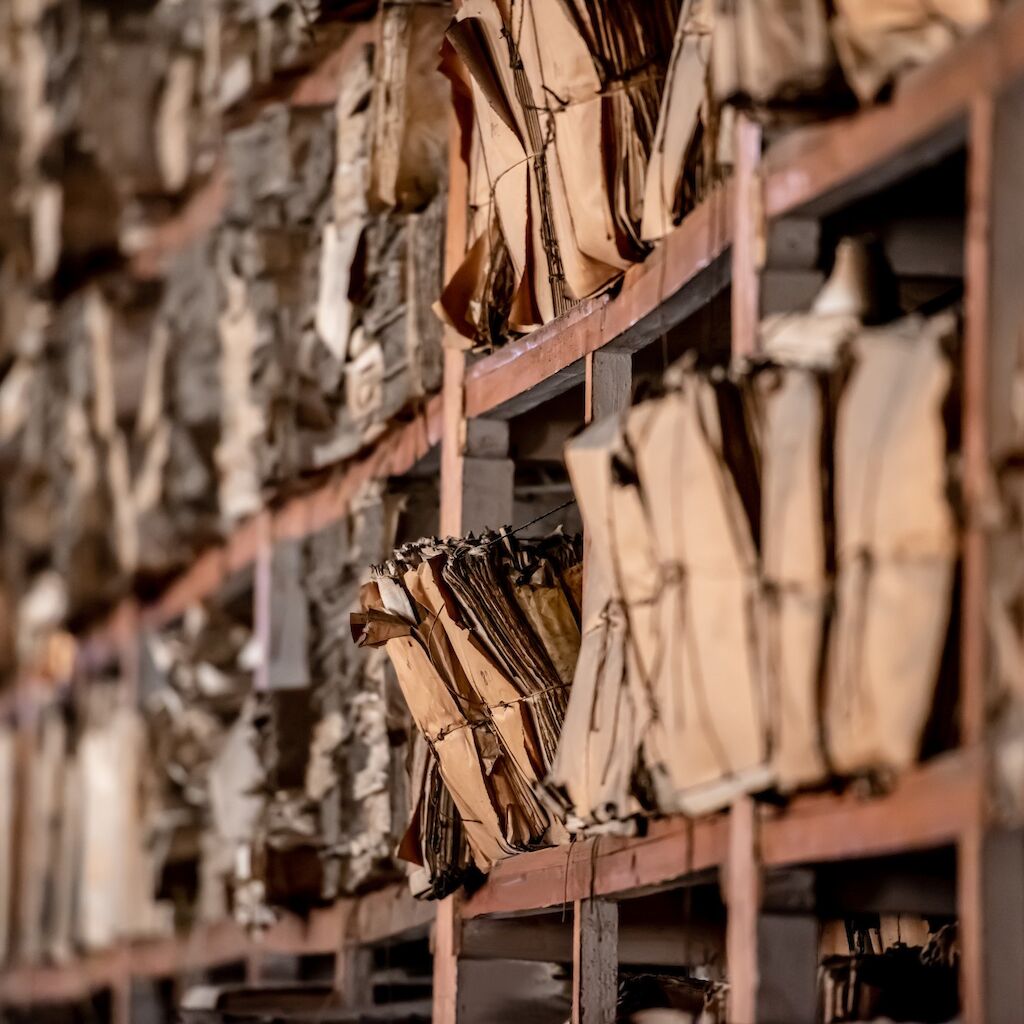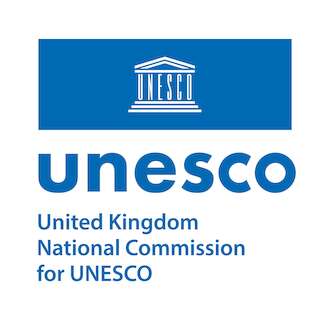First established in 1971, the UNESCO Man and the Biosphere (MAB) programme is an intergovernmental scientific program that aims to improve the relationship between people and their environment.
The MAB Programme is supported by a World Network of UNESCO Biosphere Reserves. These are places where sustainable development practices under diverse ecological, social and economic contexts can be tested and implemented. UNESCO Biosphere Reserves promote solutions reconciling the conservation of biodiversity with its sustainable use.
The UK National Commission for UNESCO works closely with the UK Committee for Man and the Biosphere (UK MAB) in the nomination of new UNESCO Biosphere Reserves in the UK. All organisations in the UK wishing to apply to become a UNESCO Biosphere Reserve must submit their official application through the UK MAB Committee, but initial contact can be made through us.

